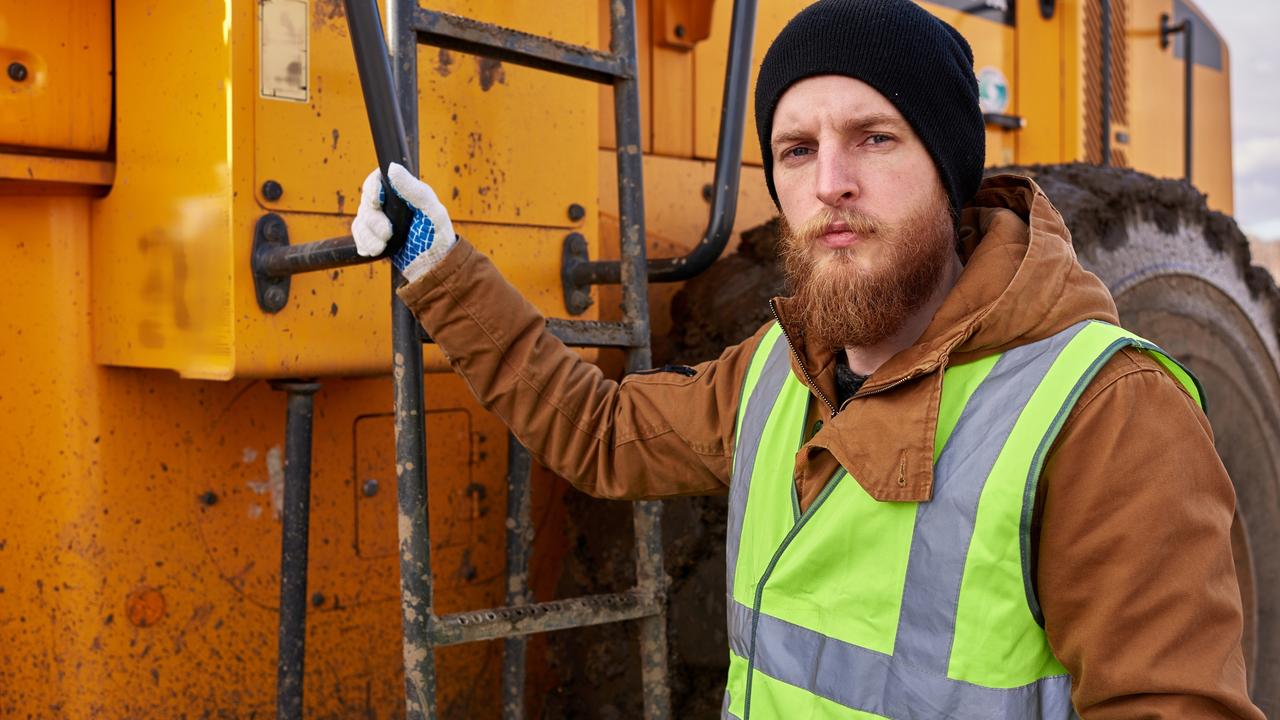
Have you ever heard the term “super-aged country?” I hadn’t until I read the just-released Gerontological Society of America (GSA) report, Longevity Economics: Leveraging the Advantages of an Aging Society. The term means that more than one in five people in a country is 65 or older. Japan and Germany are super-aged; by 2030, United Kingdom, France and Singapore will be. So will the United States, raising the question: Why aren’t U.S. employers and the U.S. government adapting policies so more Americans 65 and older can keep working if they’re healthy and interested?
Our businesses and policymakers, it turns out, might do well to follow the lead of super-aged Japan and Germany and soon-to-be super-aged Singapore, based on my reading of the report from GSA and Bank of America Merrill Lynch. The study about what the GSA calls “this longevity era” was produced by a workgroup chaired by Peter Cappelli, director of the Center for Human Resources at the Wharton School at the University of Pennsylvania.
American employers “haven’t done much of anything to reach out to older workers, let alone accommodate their interests and priorities,” Cappelli told me. “People have to work longer because we’re living longer. So how do we accommodate that?”
Below are a few ways the GSA report says Japan, Germany and Singapore have changed their workforce and governmental policies to keep and attract older workers. “The idea in all these places is to get employers to think about the way to deal with human capital needs,” Cappelli says. A word of warning — one way older people are able to keep working in these countries is by accepting pay cuts.
Japan
The number of employed people age 65 and older in Japan recently hit a record 8.07 million. They now comprise roughly 12 percent of Japan’s workforce, which is a record there, too. And three-quarters of Japanese people aged 60 to 64 are still working (by contrast, only 60 percent of Americans that age are).
One reason many Japanese workers now remain employed past the country’s traditional retirement age of 60 is that the eligibility age to receive a Social Security-like retirement pension from the government is rising. It’s now 62 and will hit 65 in 2025.
Another reason why more people are working longer in Japan: the Japanese government is now requiring companies to employ their workers through age 65 if they want to keep working. The catch is that the older workers must still “retire” at 60; then they return to work under a “continuous employment” policy at a much lower salary. Japanese salaries at age 61 are about one-fourth less than before the worker turned 60, the GSA report notes.
A public-private partnership called the Silver Center Workshops helps retirees find part-time jobs, too. There’s also a catch here, though: the jobs are low-paying — roughly $400 to $500 a month (in U.S. dollars) and in low-skilled areas like housekeeping, park maintenance and bike repair.
“It’s outplacement for older individuals,” says Cappelli. “In Japan, it’s now less about keeping people working at the same companies longer and more about trying to get them into alternate jobs and to do other kinds of things.”
Germany
Germany has also been incentivizing older residents to work longer by pushing back the federal retirement age — it was 65 in 2012 and will be 67 in 2029.
But the country has an intriguing program designed to let people continue working, as well. It’s called “Initiative 50 Plus” and provides training and lifelong learning to older people. Older workers who accept positions with lower salaries get a temporary subsidy for doing so.
“They’re trying to encourage individuals not to retire and to make it attractive to keep working,” says Cappelli.
Singapore
Singapore has been especially proactive towards older workers, but that’s because the country hasn’t had much choice. While only 7 percent of residents were over 65 in 1999, 20 percent will be that old by 2026. So Singapore’s leaders have developed a 70-item initiative to make the country what they call “a nation for all ages.”
Last year, legislation kicked in that “encourages older workers who want to stay employed to do so,” the GSA report says. In Singapore, employers must generally offer re-employment contracts to eligible employees at age 62 and the contracts must be renewable every year until 67. If a company can’t offer a position to an eligible employee, the report notes, it must transfer the obligation to another employer or offer a one-time assistance payment.
But if your company does want to keep you, “everything from the prior job is off the table,” says Cappelli. “Your prior job is finished, whether you were the CEO or an hourly worker. Your old pay doesn’t matter now. Your new rate of pay reflects your real productivity.”
Singapore is effectively telling its older workers, says Cappelli, “You want to keep working? OK, but you can’t just be the boss because you’re older.” And managers, Cappelli says, are being told to “manage these older workers in a different way and be respectful of their experience, but to hold them accountable.”
How well is it working? “The problem with Singapore is you never know,” says Cappelli. “They could tell you it’s working great and you never know for sure.”
Last month, what’s known as a tripartite standard from Singapore’s Tripartite Alliance for Fair and Progressive Employment Practices began encouraging age-inclusive workplace practices, benefiting employees 60 and older. So far, 160 employers have signed on.
Said Singapore’s Second Minister for Manpower, Josephine Teo: “The new standard will support older Singaporeans to work as long as they are willing and able to, in jobs that are safer and smarter in a work environment where they feel valued and where their needs are addressed.”
Marriott Tang Plaza Hotel Human Resources Director New Kheng Tiong, a fan of older workers, just hired Chua Ai Gek, 67, as a bar assistant there. “Mature workers tend to be a bit more loyal and punctual,” he told Channel News Asia.
The United States
The GSA report stopped short of making policy recommendations for the U.S. government or for employers. It did say, however, that Congress should look at the tax law to incentivize older workers to remain employed and that employers should implement “aging-friendly policies.”
The cloud hanging over all this here, of course, is age discrimination by employers. “We’re fighting some headwinds,” says Cappelli. “I don’t know that we’re making a ton of progress.”
He’s right. But that could change if employers and the U.S. government wise up, especially as America becomes super-aged. By 2035, for the first time, there will be more Americans who are 65 and older than ones who are under 18. As the GSA report says: “Demography is not destiny. The way people and countries respond to an aging society will determine the future.”
Here are what the Gerontological Society of America says are the “realities” of an aging society:
Source:nextavenue.org















